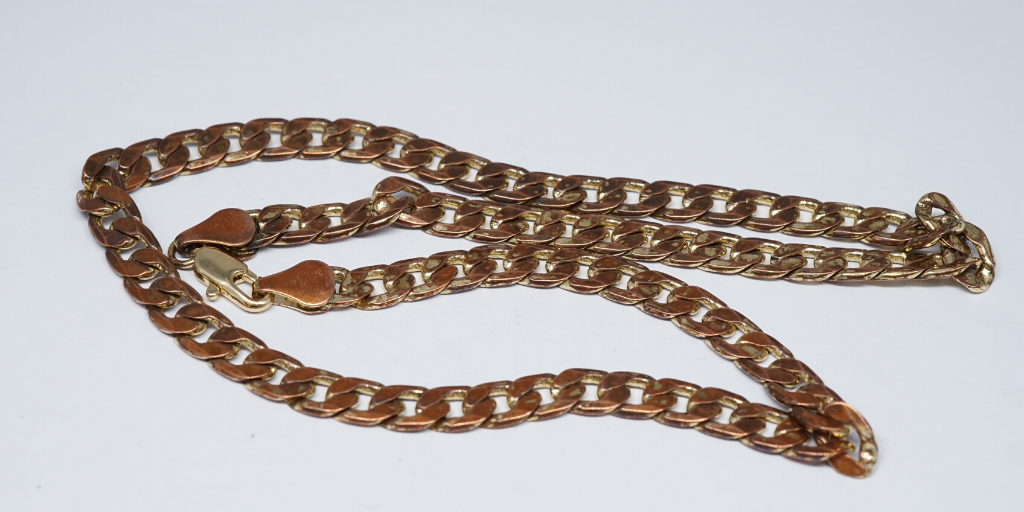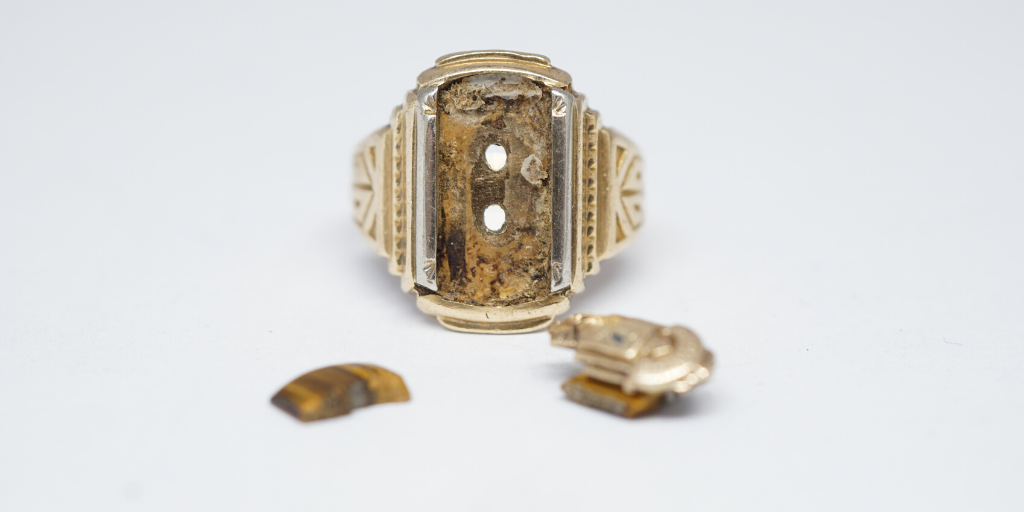May 14, 2020

You might be thinking to yourself; why spend money when I can repair my own jewelry at home? You then look up Youtube videos, DIY jewelry repair guides, and you get to work with whatever tools you can get your hands on at home. This happens to be a common scenario we see with a lot of clients, who then turn to us after a DIY repair at home goes horribly wrong. Read on to learn more about why DIY jewelry repair can cost you more than actually going to a jeweler.
4 Common DIY Jewelry Repair Mistakes
Throughout the years, we’ve seen it all when it comes to DIY jewelry repairs. From the man who tried to gold plate his own jewelry by baking it in the oven (yes, we’re not making that one up) to the woman who had to get a whole new stone replacement after accidentally bleaching her once-beautiful turquoise to death in a misguided attempt to “clean” her ring, we’re imploring you to not attempt certain jobs at home. While it’s true you can do some things such as a quick polish with a cloth at home, or temporarily restring some beads, here are some common DIY jewelry repair mistakes we’ve seen that can damage your jewelry.
1. Cleaning

A costume ring that has lost a lot of plating.
If there’s one thing we’re often horrified about, it’s the amount of misinformation online about how to clean your jewelry. Jewelry isn’t one-size-fits-all, and that definitely applies to how you clean jewelry. For instance, fragile stones such as pearls, opals, turquoise, and emeralds can’t be cleaned with harsh methods as that will destroy the gem. Chemicals like bleach, vinegar, and even ammonia will destroy plating, enamel, stones, and even the metal itself. One of the worst culprits is toothpaste; while it removes tarnish, the chemical components of toothpaste leave scratches on the metal and it clogs up the back of settings like nothing else. If you’re insistent on cleaning your jewelry home, stick with a soft toothbrush and water with a little dish soap for a quick scrub. For an actual deep clean, send it to a jeweler, who can utilize industry-grade cleaners such as an ultrasonic cleaner or steam cleaner in order to get out the real dirt.
2. Stone Setting

A class ring with a completely broken stone.
Some people just can’t justify the cost for stone setting, and attempt to do it on their own. This either results in broken gems, because stones are subject to extreme pressure in the sizing process, or broken prongs. Another scenario is glue- we’ve received rings where the stone was coated in crazy glue and near-impossible to remove without soaking for at least half an hour in acetone. Not only does crazy glue hurt some stones, but it also gets all over the setting and affects the texture of your jewelry’s metal. If you value your gem and setting, just send it in to get it fixed for $30.
3. Gold Plating

A copper ring before and after gold plating with a professional jeweler.
We understand that the cost for gold plating is a lot, especially as gold prices rise, but if there’s one repair we implore you to not attempt at home, it’s this one. DIY jewelry gold plating at best can damage your jewelry, or at worst leave you with a severe health condition if you’re bent on experimenting without any expertise or safety procedures. Professional gold plating is done via a solution of potassium cyanide, and exposure to the fumes or liquid can seriously hurt you. In addition, electricity is used in the process to fuse gold to the surface of your item, and if you don’t know what you’re doing, you might end up causing damage to both your jewelry and yourself.
4. Soldering & Metalwork

A jeweler using the correct equipment for chain repair.
Unless if you happen to be an engineer, electrician, or an actual jeweler, don’t set your jewelry on fire to attempt to fix a broken chain or ring. We’ve seen it and we’ve had to deal with charred bits and pieces of gold and silver. Soldering and metalwork require specific equipment and knowledge of how these metals react to heat, so we think it’s best if you send in your chain so you don’t end up damaging it further.
Now you’re up to date on why DIY jewelry repair can cost you more than an actual repair! Take these scenarios to heart and avoid ruining your pieces out of thriftiness; some things are worth investing in and jewelry is definitely one of them. If you have something you need to repair, comment below and we’ll help you get started!
SHARE
Ten articles before and after
Lab Created Diamonds vs Natural Diamonds
5 Types of Locket Styles You Should Know
A Quick Guide To Bangle Repair
Why You Should Consider Lab-Created Diamond Engagement Rings
4 Types of Jewelry You Shouldn't Buy
Is Platinum Jewelry Worth Buying?

